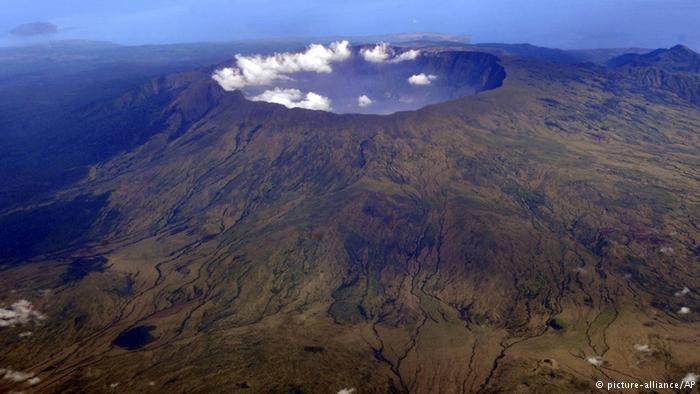
Nature Lover Students group of Universitas Gadjah Mada (Mapagama) explored the crater of Mount Tambora on Sumbawa Island, West Nusa Tenggara. During the next two weeks, 22 August-4 September, the team will explore from the top to the bottom of the mountain, carrying out research to explore the biodiversity on the Doropeti trail of Mt. Tambora National Park.
The team leader of the expedition, Manto Sitindaon, said that the team is consisted of 2 women and 5 men. The path they chose is the longest route to reach the top of Tambora. It takes at least 5 days to get to the top. Furthermore, after reaching the peak, the team will go down to the bottom of the caldera crater which is 800 meters deep. “We will explore the Tambora crater, we would try to find out whether the area can be made a new tourist destination. Moreover, there has been a newly formed volcano,” he said.
Generally, the climbers choose Pancasila path which is the closest trail to the top because it only takes two days and one night trip. The reason the Mapagama team decided to choose the Doropeti trail is to record the number of biological diversity there and conduct research on the culture of the people living along the hiking trail.
Manto said that this mountaineering expeditions’s biggest challenge is not in the trail, but the Tambora crater. To undergo this expedition, Mapagama members have trained since October last year. “We learn a lot about Tambora topography, slope of the mountain, as well as physical and breathing exercises to strengthen our capabilities while climbing,” he said.
Those seven students areManto Sitindaon of the Faculty of Agricultural Technology, Reza Khairurahman of the Faculty of Forestry, Andoyo Respati Fitriono, David Sabatian Dompas, Devi Astuti, and Alief Fahmil Umam of the Vocational School, as well as Dewi Sekar Kartini, field mentor from Faculty of Cultural Sciences.
Mapagama chairman, Muhammad Yusya Asadillah, said that interpretation of the hiking trail and study of diversity of flora and fauna in Tambora could be used for further studies of Tambora. As known, Mount Tambora erupted in 1815 which claimed thousands of victims. Not only that, the eruption caused famine in Bali and Lombok. In fact, the eruption caused the European region to experience the Year Without a Summer.

